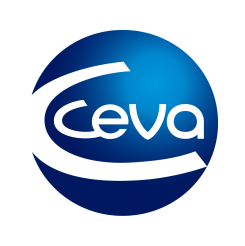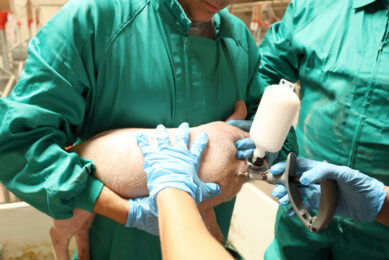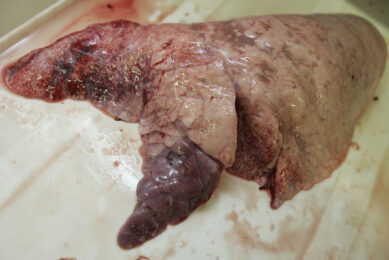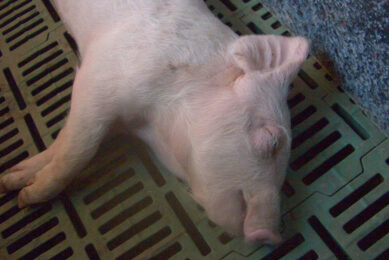Piglet vaccination: A holistic approach with Ceva’s P.I.G. Program
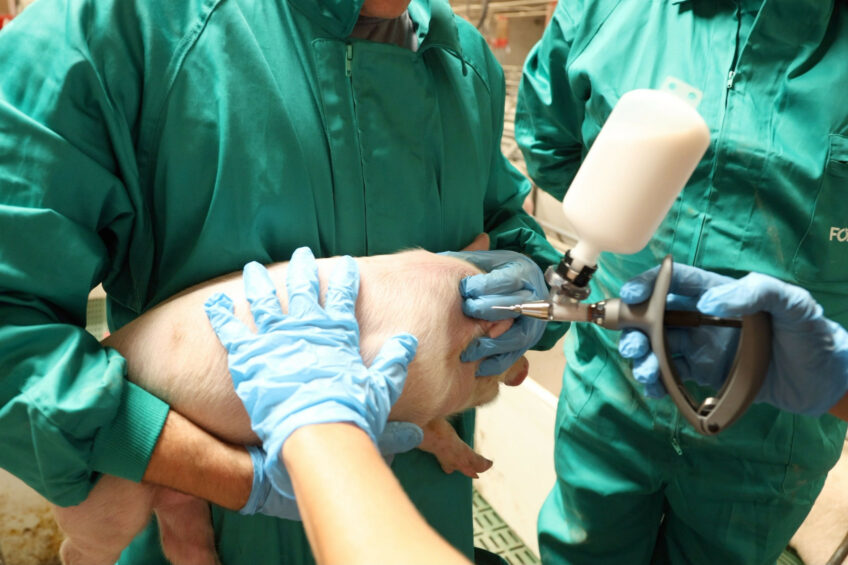
In the complex world of swine production, piglet health stands as one of the most vital yet vulnerable pillars. At a time when disease outbreaks can rapidly affect productivity and profit margins, vaccination emerges as a vital preventive measure. However, not all vaccination practices are created equal. To truly protect animals and investment, farmers must not only vaccinate but vaccinate well.
That’s precisely the focus of the Ceva Piglet Ideal Growth (P.I.G.) Program – a structured framework designed to elevate vaccination from a routine task to a precision-driven, farm-wide strategy. This article delves into how the program works, why it’s needed, and how it’s helping reshape the health landscape of pig farming.
Rethinking routine: The problem with “business as usual”
Many pig farms around the world vaccinate their animals regularly, yet still experience disease outbreaks or underwhelming health performance. Often, these issues are not due to the vaccine itself, but rather to the process – poor planning, improper administration, inadequate equipment, or insufficient training.
The Ceva P.I.G. Program aims to diagnose and fix these gaps by providing a comprehensive, farm-specific protocol that improves every stage of the vaccination process, from planning to execution to review.
Vaccination is not a magic bullet. It is part of a larger ecosystem that includes biosecurity, animal handling, hygiene, storage protocols, and staff training. If any of these elements fail, the vaccine’s effectiveness drops, sometimes dramatically.
The P.I.G. program philosophy: Protocol, Precision, Prevention
The Ceva P.I.G. Program is built around a simple idea: measurable processes lead to better outcomes. Inspired by the principle that “what is not defined cannot be improved”, the program breaks down the vaccination workflow into clear, auditable steps.
These steps are grouped into 3 critical stages:
- Pre-vaccination: planning, team setup, animal health checks, equipment preparation, and vaccine storage.
- Vaccination day: administration technique, safety measures, animal handling, dose verification.
- Post-vaccination: equipment cleaning, data recording, and monitoring for adverse effects.
Each phase is supported by technical guidance and structured protocols, all of which are adjustable to fit the unique conditions of each farm.
The power of prevention: Why timing and technique matter
Vaccinating a piglet at the wrong time or in the wrong way can be nearly as bad as not vaccinating at all. Passive immunity from the sow, stress, and the presence of concurrent diseases can all blunt the animal’s immune response to vaccines.
One of the greatest challenges occurs with farms that are PRRS-positive or have unstable health status. PRRS (Porcine Reproductive and Respiratory Syndrome) is known to suppress immune function, making vaccinated animals less responsive and more vulnerable to co-infections. Vaccinating during active PRRS circulation may reduce the efficacy of the entire protocol.
To counter this, the P.I.G. Program encourages farms to assess their sanitary status before every major vaccination campaign and adapt their schedules accordingly. Ceva’s technical experts can support this through diagnostic insights and integrated health programs.
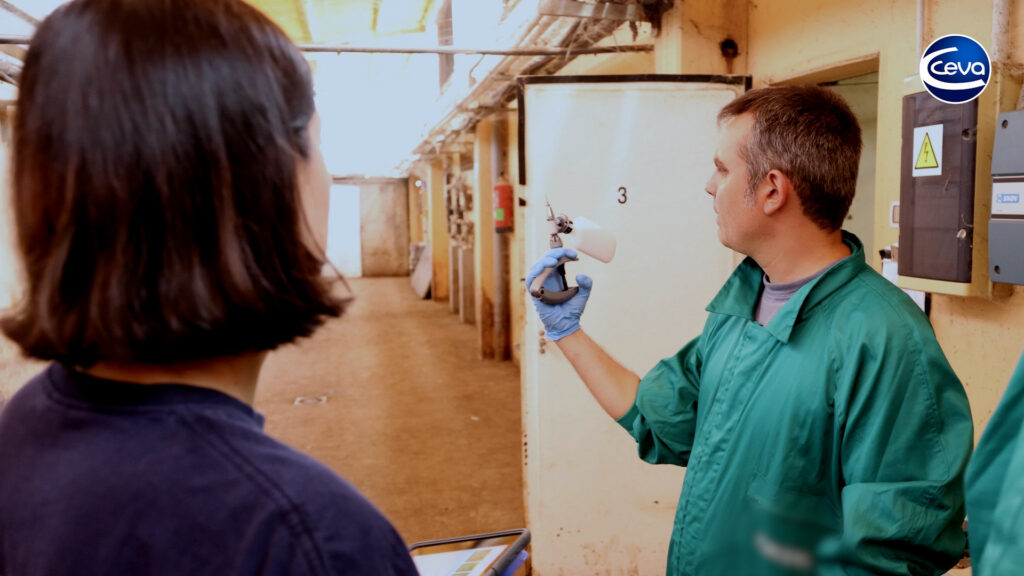
Training the human factor: A critical link in animal health
Veterinarians and farm technicians are often stretched thin, meaning that the actual responsibility of administering vaccines frequently falls to farm employees. These staff members, though experienced, may lack formal training in immunology or best practices.
The P.I.G. Program acknowledges this by placing a strong emphasis on team formation and education. Workers are taught not just how to vaccinate, but why it matters. This leads to better attention to detail, stronger team dynamics, and fewer mistakes.
The protocol includes role assignments, task hierarchies, and even behavioral guidance for handling animals with care and confidence. By reducing animal stress, immune responses are improved, further boosting vaccine efficacy.
Smart equipment, smarter monitoring
Another often overlooked factor is vaccination equipment. Syringes that don’t deliver the correct dose, worn-out needles, or poorly cleaned tools can cause underdosing, pain, infection, and even abscesses. The P.I.G. Program includes equipment checklists and maintenance schedules to ensure everything works as intended.
Also critical is vaccine storage. Most vaccines are thermolabile and sensitive to light. A break in the cold chain – even by a few degrees – can irreversibly reduce potency. P.I.G. audits include a full review of refrigeration equipment, temperature logs, and the handling of warm-up procedures.
Before administration, vaccines should be brought to room temperature using a controlled warm-up process (e.g., a 25-30°C water bath). This not only improves comfort for the animal but helps maintain the integrity of the vaccine.
Digital tools and measurable results
A key innovation of the program is the Ceva Audit Manager – a mobile app that guides the auditor through a standardised review of farm practices. It assigns scores to over 100 checkpoints and produces a ‘Vaccination Index’ that reflects the overall quality of implementation.
The index is calculated based on the significance of each step. For example, maintaining cold storage has a higher impact score than needle rotation. This weighted system allows farms to prioritize improvements and track progress over time.
The app also generates automatic reports that can be shared with farm managers or vets, turning every audit into a training and planning opportunity.
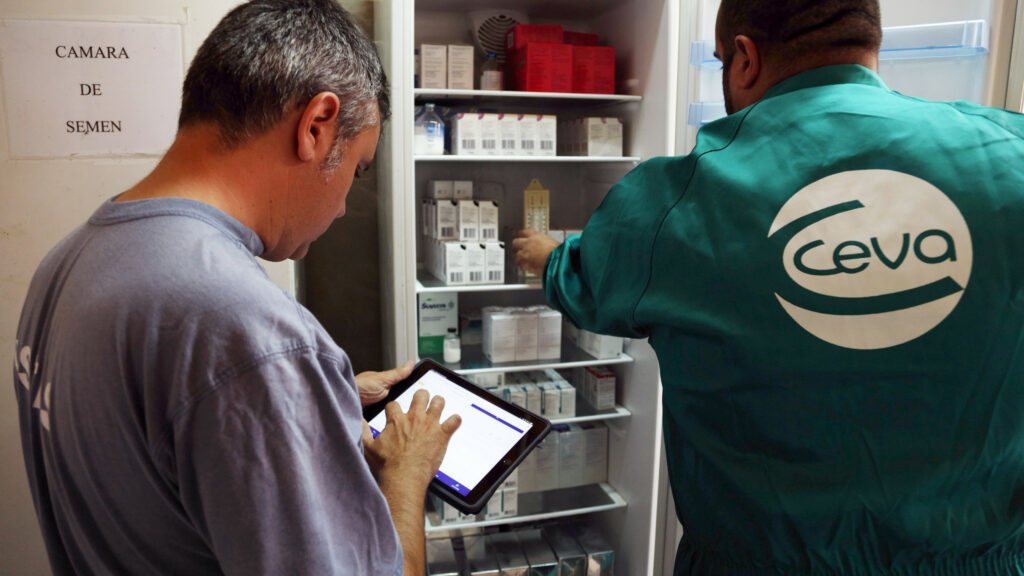
Continuous improvement through real-world monitoring
Unlike one-off interventions, the Ceva P.I.G. Program is designed for long-term engagement. After the initial audit, farms receive a set of recommendations, often including posters, checklists, or procedural updates. Then, after a few weeks or months, a follow-up visit checks whether improvements have been made and sustained.
This feedback loop ensures that changes stick, routines evolve, and staff stay engaged. Over time, this creates a culture of quality around vaccination, not as a necessary evil, but as a strategic advantage.
Beyond vaccination: A model for animal health management
Though the P.I.G. Program is centered on piglet vaccination, its principles – data-driven assessment, team training, equipment hygiene, and proactive planning – are applicable to many areas of animal health. In that sense, the program becomes more than a checklist. It is a framework for continuous improvement, applicable across the production cycle.
For producers, the return on investment is clear: fewer outbreaks, better performance metrics, healthier animals, and improved profitability. For veterinarians, it offers a structured tool to enhance their oversight and impact.
Final thoughts: Precision as the new standard
In an industry where margins are tight and health threats ever-present, precision is no longer optional – it is essential. The Ceva Piglet Ideal Growth Program offers a powerful toolset for producers and vets seeking to elevate their standards of care. Through detailed audits, team training, equipment control, and smart monitoring, the program doesn’t just reduce vaccine failures – it builds better farms.
As swine production continues to evolve, initiatives like the P.I.G. Program will be instrumental in ensuring that farms are not only productive, but also resilient, sustainable, and humane.
References are available on request.


